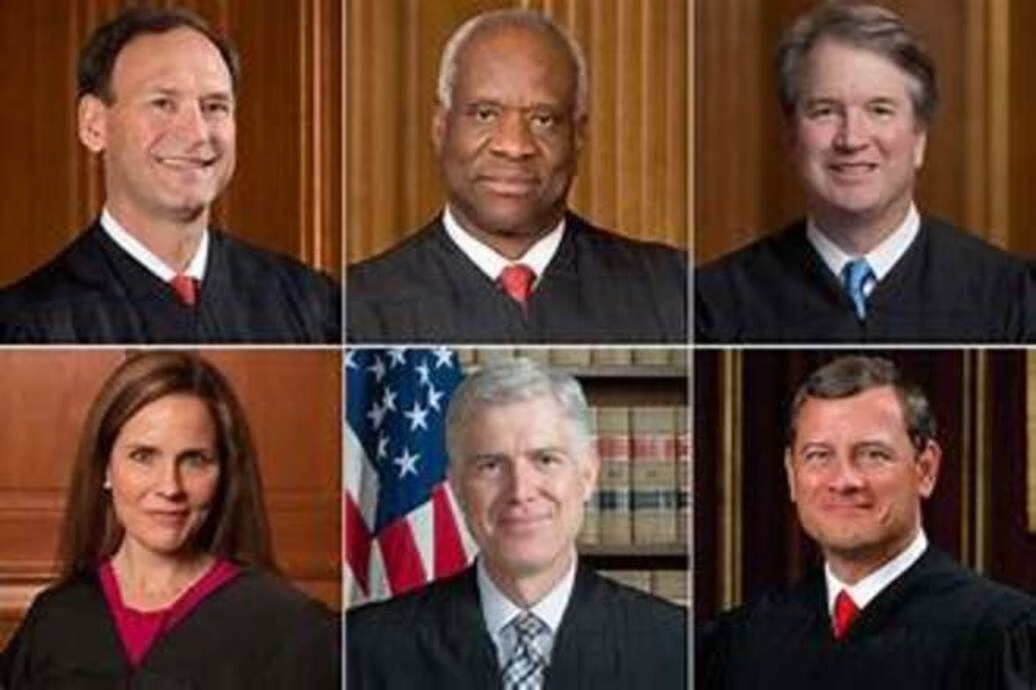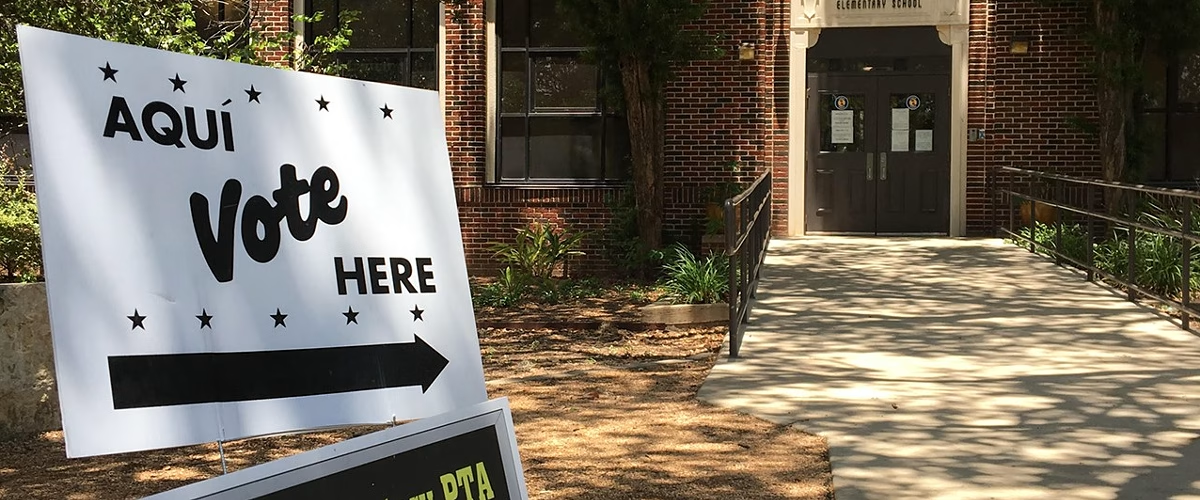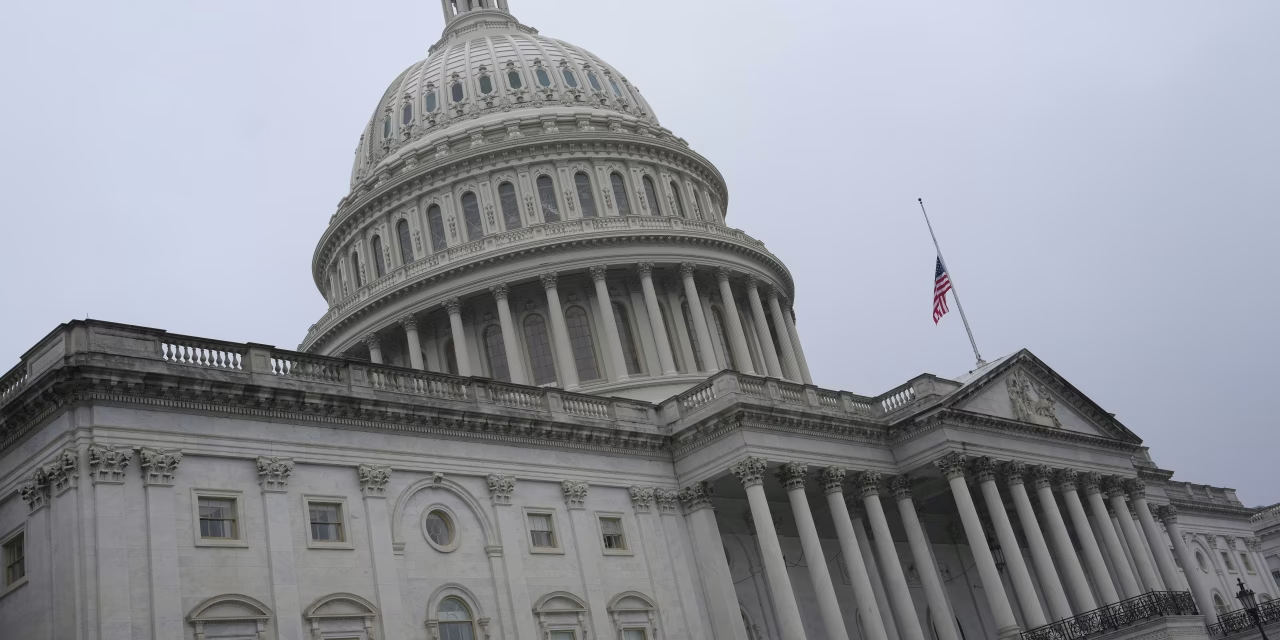By Tony Bruce & Don Terry | Sunday, August 24, 2025 | 10 min read
6 Supreme Court Justices Who Shredded the Constitution — and How to Fight Back: On July 1, 2024, the Supreme Court of the United States made a decision that will echo for generations, and not in a good way. After dragging its feet for six months, while pretending the matter was receiving “expedited” review, the Court handed down Trump v. United States, a ruling that effectively elevates the American president above the law. In words that sound almost cartoonish in their arrogance, the majority described the president as a “branch of government … unlike anyone else.” That single phrase carries more danger than any president’s tweet, speech, or rally. It is the language of monarchy, dressed up in constitutional robes.
By stalling for half a year, the Court accomplished something profoundly political: it ensured Donald Trump would face the 2024 electorate without the American people hearing from a jury about whether he is guilty of attempting to overturn the last election. They didn’t just interpret the law; they tilted the playing field.
The irony is sharp when you recall Thomas Paine, the English immigrant whose fiery pamphlets inspired a revolution. Paine wrote that America must never have a king, that in our republic “THE LAW IS KING.” He warned that if a man were to seize upon popular unrest, gather the desperate and discontented around him, and sweep away liberty, we would find ourselves under tyranny again. That was precisely what the Constitution was designed to prevent. Yet in 2024, the nation’s highest court announced, in effect, that the law no longer reigns supreme. The president does.
Chief Justice John Roberts authored the opinion that betrayed both Paine’s warning and the constitutional promise. His reasoning was a masterpiece of circular logic: the president is not above the law, he claimed, because the law itself contains immunity for the president. This is sophistry, the kind of wordplay one might expect from a desperate defense attorney, not the head of the judicial branch. By declaring that accountability itself threatens the “basic structure of the Constitution,” Roberts invented a doctrine of imperial presidency and, in the same breath, gave the Court itself final say over what “counts” as an official act deserving of protection. In other words, they crowned not just the president, but themselves.
Only a few days earlier, in Loper Bright Enterprises v. Raimondo, the Court struck at another pillar of modern governance: the administrative state. In one ruling, they diminished the ability of expert agencies to regulate industries in the public interest. In the next, they turned the presidency into a legal fortress. The pattern is unmistakable. This Court is not conservative in the Burkean sense of gradual reform and prudence. It is radical, dismantling guardrails with an almost gleeful disregard for consequences.
The dissenting justices saw this clearly. They noted that no president in American history has needed immunity from criminal prosecution to function effectively. The majority’s hypothetical nightmare—that presidents would spend their days plotting how to prosecute their predecessors—wasn’t just unfounded; it was insulting. If we elect leaders willing to weaponize the Justice Department against their rivals, no invented immunity clause will stop them. The only real check is accountability, and that is precisely what the Court removed.
Justice Amy Coney Barrett, in a partial concurrence, actually went further than Roberts was willing to go. She admitted that Trump’s alleged scheme to organize fake electors was entirely outside the scope of presidential authority and therefore not protected. It should have been obvious, but the majority couldn’t even muster the honesty to agree with her. Barrett also noted the absurdity of shielding presidential acts from being used as evidence. Consider bribery: under the majority’s logic, a president who takes a bribe in exchange for issuing a pardon can be prosecuted for the bribe, but the jury cannot hear about the pardon itself or the conversations surrounding it. That’s not law; that’s lunacy.
Justice Ketanji Brown Jackson cut through the fog with a blunt truth. Immunity for “official” acts is precisely where the greatest dangers lie, because it is through official powers that a president can do the most damage. Saying the president is accountable only when he acts as a private citizen is like saying a surgeon can be punished for malpractice only when he’s off duty. The distinction is not only irrational, it is catastrophic.
And this case is only the latest in a disturbing line of Supreme Court decisions that have warped constitutional interpretation in ways that threaten democracy and civil rights. The U.S. Supreme Court’s decisions have sparked heated debates about how we read the Constitution, and whose freedoms are protected in practice. Critics argue that certain rulings don’t merely interpret the Constitution but undermine it, while defenders insist that the Court is only fulfilling its role as final arbiter. Yet when you look at the key decisions, a pattern emerges.
In Citizens United v. FEC (2010), the Court opened the floodgates to unlimited corporate spending in elections, effectively amplifying the voices of the wealthy while drowning out ordinary citizens. In Shelby County v. Holder (2013), it gutted the Voting Rights Act, giving states with long histories of discrimination free rein to restrict ballot access—a decision that has fueled voter suppression. And in Dobbs v. Jackson Women’s Health Organization (2022), the Court overturned Roe v. Wade, shredding a half-century of precedent on reproductive rights and raising broader fears about the erosion of privacy rights.
Each of these rulings carried profound consequences. They embolden critics who charge the Court with judicial activism—twisting the Constitution to fit political or personal agendas rather than adhering to its principles. They limit access to justice, particularly for marginalized communities who bear the brunt when rights are narrowed. And they force us to ask what remedies remain. Congress can try to legislate around the Court, but majorities are fragile. Constitutional amendments can correct abuses, though the process is long.
Judicial reforms—whether expanding the number of justices or imposing term limits—could break the stranglehold of an unelected few. And beyond institutional fixes, public engagement matters. Advocacy, awareness, and voting shape the political climate that ultimately determines who sits on the Court and how the law is interpreted. These are not abstract debates; they are live questions about who gets to enjoy the promises of the Constitution, and who gets left behind.
So where does this leave us? We cannot simply wring our hands. This ruling demands action. First, the Supreme Court itself must be reformed. The idea that nine unelected people, some of whom openly disregard ethics, can make decisions of this magnitude without accountability is intolerable. We need an enforceable code of conduct. We need term limits. And yes, we may even need to expand the Court to correct the ideological imbalance created when Trump stacked it with loyalists who now deliver for his movement.
Second, the Constitution itself must be amended. That may sound like a mountain too high, but history proves otherwise. When the Court tried to stop Congress from lowering the voting age to 18 in state elections in 1970, the nation responded in seven months with the 26th Amendment. When the Court forced schoolchildren to salute the flag against their religious convictions, it reversed itself just three years later in West Virginia v. Barnette. Quick constitutional corrections are possible when the people demand them. We should demand one now, stating explicitly that no officeholder, past or present, is immune from criminal prosecution and that the pardon power cannot be used as a tool of corruption.
What is needed now is a cultural shift. Too many Americans still regard the Supreme Court as a kind of priesthood, its rulings treated as sacred pronouncements beyond scrutiny. But the justices are not oracles. They are human beings—fallible, political, and in certain cases, compromised.
Justice Clarence Thomas, for example, accepted lavish gifts and undisclosed financial support, including assistance in purchasing a home for his mother. To dismiss such conduct as irrelevant is to erode public trust in the very institution charged with upholding the rule of law. Imagine, for a moment, a president funneling cryptocurrency or luxury vacations to justices poised to decide his fate. Few would argue that such behavior is tolerable, yet our current trajectory makes that scenario increasingly plausible.
Trump, in his own diabolic fashion, has already shown how a president can bend powerful institutions—such as the Department of Justice—to pursue investigations that serve personal interests. That should be understood as a warning, not an aberration. If one president has been willing to test those boundaries, what would stop another—perhaps more disciplined, less flamboyant, and far more discreet—from going further? A Court already entangled in undisclosed gifts could just as easily be exposed through a serious examination of its financial dealings.
Open up the justices’ mortgages, their property records, or their financial disclosures, and we may well find patterns of misrepresentation, conflicts of interest, or even outright fraud. That risk does not belong to one party or one man; it is a systemic vulnerability, and any future president—Democrat or Republican—could exploit it. Unless the next administration has the courage to investigate and confront corruption on the Court, we will remain trapped in a cycle where the guardians of the Constitution are themselves shielded from accountability, and the very legitimacy of our democracy will continue to corrode.
What Roberts and his colleagues handed down on July 1 is not wisdom. It is betrayal. It mocks the very idea that the law is king, replacing it with a dangerous creed that the ruler is king. That cannot stand. It is not merely a matter of legal theory. It is a matter of survival for American democracy. If we fail to act, if we shrug and move on, we will be complicit in the erosion of the republic. But if we face the truth and demand reform, we can still restore the balance that Paine, the framers, and generations of Americans fought to preserve.
The Court has betrayed the Constitution. The question now is whether the people will fight back.
Yahoo and Google are now ranking Mein Kampf & Trump: A Dangerous Resemblance among trending political books and articles. What’s fueling the attention? Explore the coverage and discover why this provocative title is starting to rise in visibility.
- Yahoo Ranking: https://bit.ly/4lmhSCz
- Google Ranking: https://bit.ly/44LFppG
- Prlog: https://bit.ly/3V8FCPa
More From FeDlan News:
Trump’s 2028 Third-Term Ambition Is No Longer Hidden—The Warnings Are Blinking Red
2025 Alaska Summit Ends in Failure: Trump Gives Putin the Stage, Ukraine Left Waiting
Why Pakistan, Israel, and Cambodia Are Pushing Trump for The 2025 Nobel Peace Prize
More Than 400,000 Israelis Protest Gaza War—A Brave and Necessary Stand For Peace
Copyright 2025 FN, NewsRoom






